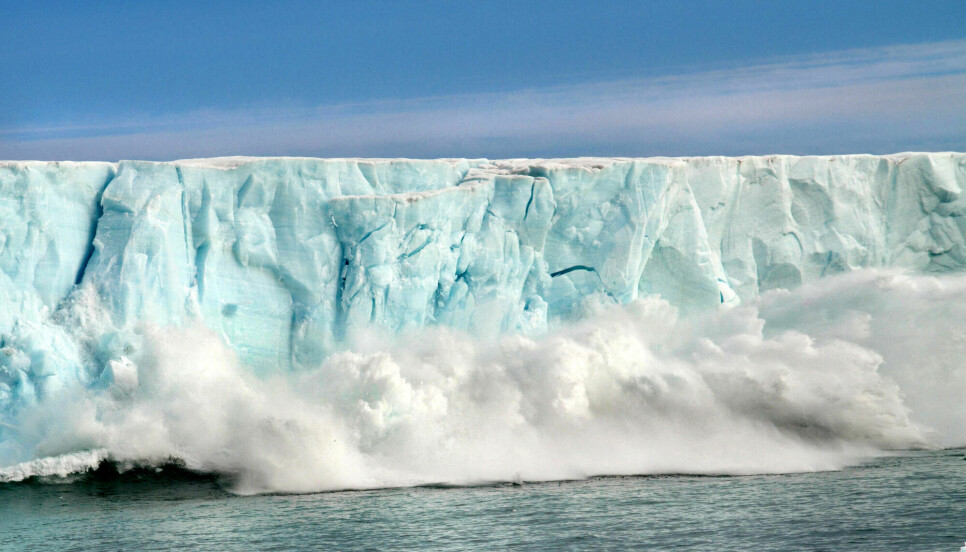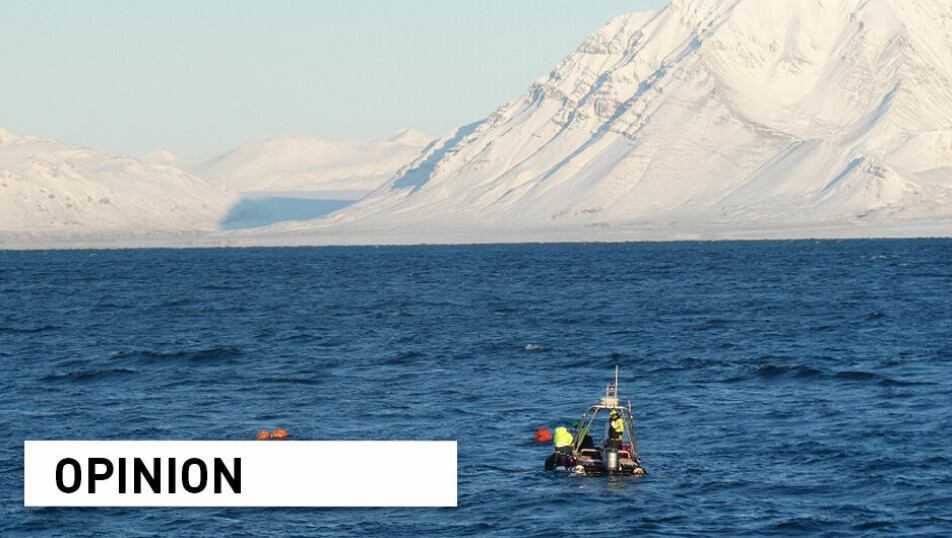
The Arctic is heating up much faster than expected
Temperatures in the Arctic have risen almost four times faster than on the rest of the planet, according to a new study. Svalbard is warming up even faster.
Previous studies have concluded that the Arctic was warming between two and three times faster than the global average.
In a new study, researchers in Norway and Finland have used four sets of temperature data over several decades as their basis. The figures go back to 1979, when satellite data became available.
They concluded that the temperature in the Arctic has increased by 0.75°C per decade, which is almost four times as fast as the rest of the globe.
Even faster around Svalbard
The study shows that there are significant regional differences in how fast warming occurs north of the Arctic Circle. In the areas around Svalbard and Novaya Zemlya, the temperature has increased by as much as 1.25 degrees per decade. That is seven times as much as the global average.
This suggests that even the most precise climate models probably underestimate the rate of Arctic warming. Their estimate is around a third less than what the observed temperatures show.
“According to much of the literature, the Arctic warms around twice as fast as the globe, so for me it was a little surprising that our figure was so much higher,” co-author Antti Lipponen from the Finnish Meteorological Institute says.
“Perhaps the next step will be to look at the models. It will be interesting to see why the models do not reproduce what we see in our observations and what this means for future climate forecasts,” she adds.

The Minister of Climate and the Environment is worried
The Norwegian Minister of Climate and the Environment Espen Barth Eide (Labour Party) is familiar with the findings in the climate report. He is worried about what it means for the future in the north.
“These are dramatic figures. The study is another serious warning about how quickly climate change is happening,” Eide writes in an e-mail to NTB.
He himself was in Svalbard last week and got to experience climate change up close.
“The ice is melting at record speed, the water is getting warmer, the permafrost is thawing, life on land as well as in the sea is changing,” Eide writes. “Parts of Svalbard are in the process of changing from an Arctic to an Atlantic climate.”
Strengthening effect
In 2019, the UN wrote that the Arctic is warming faster due to a process known as Arctic amplification. It occurs when snow and ice, which reflect sunlight, melt and flow into the ocean, which absorbs the same light.
In addition to a dramatic impact on local communities, nature and wildlife that depend on the sea ice to find food, rapid warming in the Arctic will have consequences for the whole world. The Greenland ice sheet contains enough fresh water to raise the sea level in the world by around six metres.
“As the Arctic gets warmer, the glaciers there will melt, and this will affect sea levels all over the world. Something is happening in the Arctic, and it affects us all,” says Lipponen, who emphasises that climate change is caused by humans.
———
Translated by Alette Bjordal Gjellesvik.
Read the Norwegian version of this article on forskning.no
Reference:
Rantanen, et al. The Arctic has warmed nearly four times faster than the globe since 1979, Communications Earth & Environment, vol. 3, 2022. DOI: 10.1038/s43247-022-00498-3
































